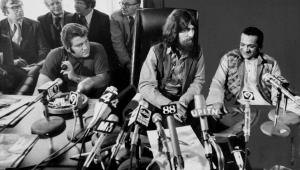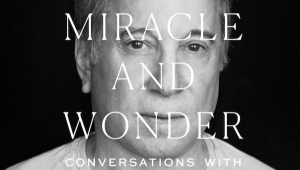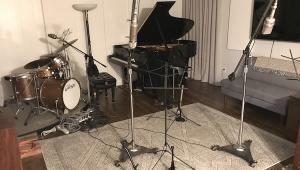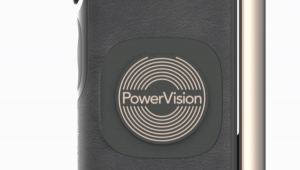Great start!
Finally a place where to find good tips on all things vinyl. I hope people will come here often to share their experiences and the Dark Art of Tunrntable setup 
I't is a fascinating time to be an audiophile. There are small record stores sprouting up everywhere. Last week I went to the city with al old college buddy. We found out they opened up a rdocrd store in the back of a cafe we used to hang out in.
Lot's of young folk are buying vinyl.
The only thing that comes close is high res digital. But I cannot tell you how many times my NAS has given up or failed to start up. It's like setting fire to all your music at once.
Stick with vinyl!























































